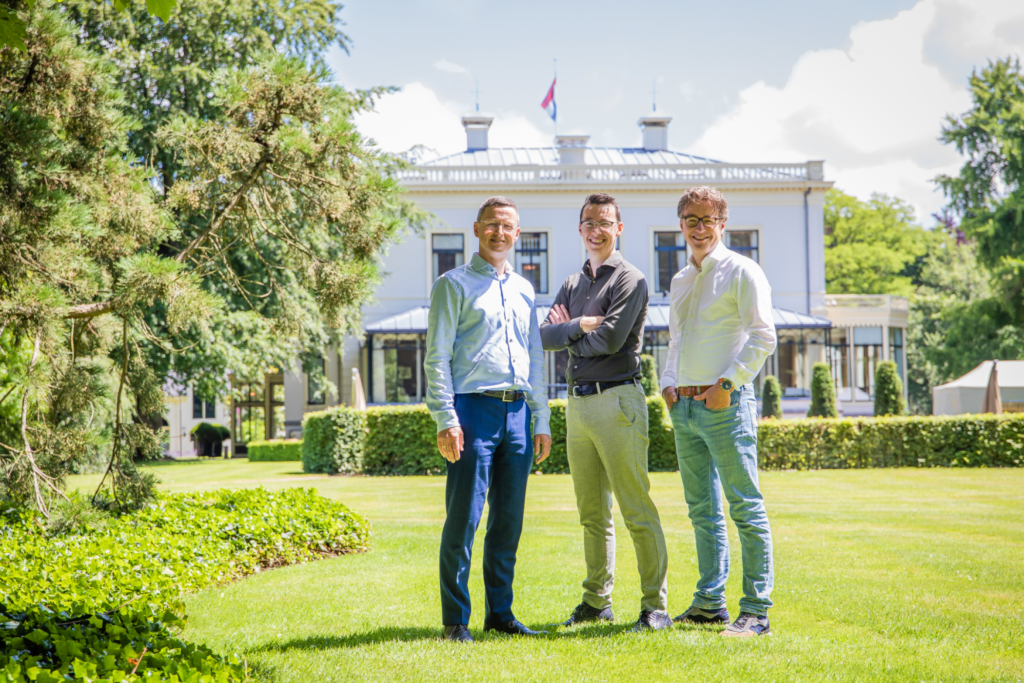Computable: "Jan Baan & Sons connect ERP legacy with AI, using Rappit Developer"
Anyone who thinks that ERP entrepreneur Jan Baan is taking it easy at 76 is sorely mistaken. He works with his sons, Ardjan, Bernhard, and Paul, at his third venture, Vanenburg, and recently launched Rappit Developer, a tool that accelerates and largely automates the development of business apps. One of the purposes is to make data from legacy systems available for AI analysis and machine learning.
Jan Baan spoke earlier in a broadcast of Computable Café about Rappit Developer. In this article, his son Ardjan (CEO) speaks about Rappit Developer from the company’s headquarters in Putten (Netherlands), which adopted the name of the Vanenburg castle in which it is housed.
Can you describe what Rappit Developer is in a few sentences?
Rappit Developer is a tool for developing advanced web and mobile applications. It speeds up application development by starting the process with consultants gathering requirements and documentation. It is immediately followed by prototyping, and the first version is delivered quickly. All of it is based on royalty-free code generation. A developer outside the platform can further supplement this code.
Which programming language is used?
Rappit Developer is based on open Java technologies and Google Cloud, and applications developed by the platform can be used both in the cloud and on-premise. An important aspect is our no-vendor-lock-in principle whereby the generated applications have no dependency on our platform. The customer has complete freedom to use and adapt it.
What problem does it solve?
Rappit Developer has two dimensions: First, it is a toolbox for cloud-native application development and modernization. It can replace and modernize generic processes and systems, which Gartner also refers to as the “system of records”—referring to processes in e.g. ERP software or a warehouse management system. Another use case of Rappit Developer is to bring together data from different sources, collect it and make it ‘intelligent.’ For example, data from your in-house system, your supply chain, i.e., customers’ systems, or information from public sources, such as weather forecasts. So the idea is to add functionality to existing systems, not replace them.
Can you give an example?
Customers sometimes get stuck in processes that have not yet been digitized.
A few examples for which we used Rappit Developer are:
- In a standard SAP system, a customer will have to print work orders because it is impossible to get all necessary information in the current app where technicians receive their tasks and assignments. We digitized this process, eliminated the extra steps of the paper printouts, and reduced the risk of human error.
- We’ve built an application with Rappit Developer for a large automotive customer that allows them to track and manage their parts throughout the parts’ lifecycle. Imagine a system in which a million parts are administered. Now they can quickly analyze warranty claims and recall costs.
These solutions function as ‘extensions’ on top of the core of existing ‘systems of record’. With the Rappit Developer platform, functionality can be quickly built to extract information from large and complex business systems, to improve business operations.
A popular trend to develop quickly is low-code app development. How do you see this?
We tried many low-code platforms but ran into the limitations of those vendors’ platforms fairly quickly. They cannot address the complexity of processes that we automate, such as bringing together data from multiple systems, or bringing complex processes together in a simple user interface. Also, they lack our knowledge of the logic of back-end systems. Therefore, we developed Rappit Developer ourselves, because we were constantly confronted with questions such as: How do we build the right application that the business demands? And how can an organization be productive and create speed without being held back by ICT? Unlike low-code platforms, Rappit Developer offers benefits such as no vendor lock-in, customization, and no runtime licensing. And we offer scalable deployment. Ultimately, we ‘spit out’ Java code, and developers can continue to work with it.
Who Uses Rappit Developer?
The product was originally launched at a large multinational automotive organization. In addition, ColorConcepts in Rotterdam – which builds complex applications for printer suppliers such as HP and Epson – is also a customer. They ensure that printouts on all materials, such as T-shirts, billboards, or brochures, meet the correct color requirements. They do this with a data hub in which that information comes together.
We are also using Rappit Developer ourselves. For instance, we currently use Rappit Developer to develop an EMR solution for a Canadian customer. So Rappit Developer is available to end customers, software builders, and system integrators.
Can Rappit Developer also modernize Baan software and the Infor LN software versions?
‘Rappit Developer is ideally suited for modernizing ERP software, such as Baan (Infor LN) and SAP, but also from all other suppliers. We are ‘ERP agnostic’. Furthermore, specific ERP modules, such as a shop floor module for the manufacturing industry, can also be effectively developed with Rappit Developer.’

How is the division of roles within the company?
My father, Jan Baan, is the founder and chairman of the company. He offers inspiration and shares his ideas. I am responsible for our software activities and the day-to-day management of Vanenburg. My brother Paul is involved as financial director and legal advisor, besides his responsibility as managing director of the Vanenburg Group. Which includes our software company and an estate with a hotel, restaurant, conference center, and a wedding location in and around Kasteel De Vanenburg in Putten, owned by the family and managed by my brother Bernhard.
This interview was recently conducted by the Dutch ICT magazine Computable and translated into English for our international audience. To read the original article in Dutch, click here.


